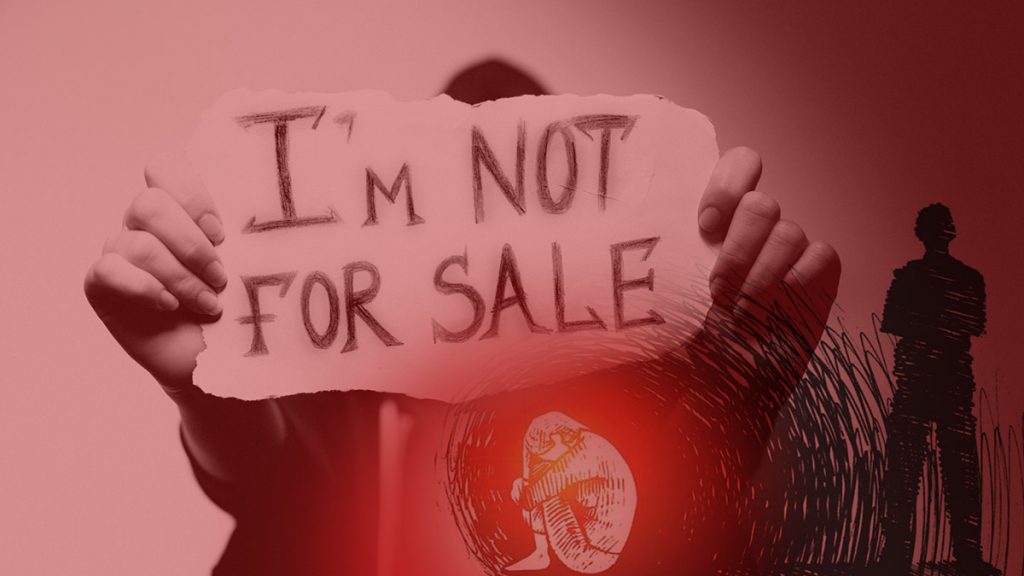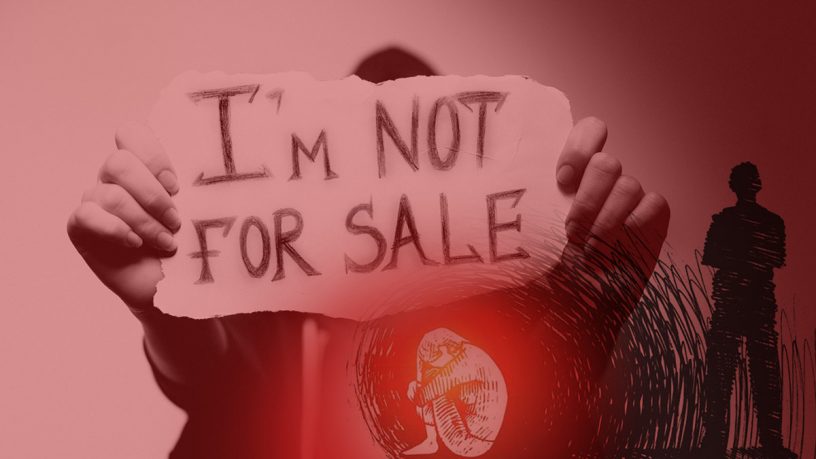
The research utilizes the participatory action research with stress coping behavior scale to understand the various coping mechanism employed by the beneficiaries of rehabilitation and protective homes.
Authors
Sanjeev P. Sahni, Principal Director, Jindal Institute of Behavioural Sciences (JIBS), O. P. Jindal Global University, Sonipat, Haryana, India.
Vipin Vijay Nair, Assistant Professor, Jindal Institute of Behavioural Sciences, O.P Jindal Global University, Sonipat, Haryana, India.
Dick D. T. Andzenge, Professor, Criminal Justice Department, St. Cloud University, Minnesota, USA.
Summary
United Nations (2000) defined human trafficking in its Protocol to Prevent, Suppress, and Punish Trafficking in Person as ”The recruitment, transfer, transportation, receipt or harboring a person by means of the use of power, threat or other forms of coercion, being abducted, to fraud, deception, abuse of power or being in a position of vulnerability or paying or giving payments or benefits to obtaining consent to having control over the other person for exploitation ” (Art 3, Para a). Human Trafficking is identified in four primary forms i.e., Trafficking for sexual exploitation, trafficking for forced labor, Trafficking for organ removal, and trafficking for other purposes.
Sexual exploitation constitutes 59% of the entire human trafficking worldwide, predominantly towards women and girls. The most significant number of individual trafficked for sexual exploitation are from South East Asia. South Asia has reported an equal proportion of trafficking for forced labor (49%) and Sexual exploitation (50%) (UNODC, 2018). The Global Report on Trafficking in Person analysis the data of last 15 years and reflected that women and girls continue to account 70% of the total identified trafficked victim. The trends in 2016 projects that the share of child victims have remained consistent around 30 percent over few years, with far more girls than boys.
The report also highlights an increase in male victims over past few years with a cumulative share around 20 percent globally. The profile of victims towards two major forms of trafficking suggested 83 percent of victims of sexual exploitation were identified as female and 10 percent of victims were males.
The profile of victims of forced labour, 82 percent were identified as males and 13 percent were identified as female globally. The profile of children victims was categorised into different trafficking avenues with boys mainly identified in forced labour, but many were also detected in sexual exploitation and other forms of exploitation like forced criminal activities and forced begging. Like women, majority of girls were victims of sex trafficking. However, 20 percent of identified girls were involved in other types of exploitation like forced marriage, child pornography, forced begging and forced criminal activities.
In context to other forms of exploitation, organ trafficking is limited considering the number of victims. UNODC reported 100 organ trafficking victims for the period of 2014-2016. United Nations Office on Drugs and Crime (2016) reported only 2 percent victim identified into ‘mixed forms of exploitation’, which includes victims exploited for both sexual exploitation and forced labour, forced begging, forced criminal activity, forced marriage and others. Similarly, pregnant women trafficked for new-born babies or trafficking in babies accounted to 0.5 percent of the total victims of trafficking in 2016 (United Nations Office on Drugs and Crime, 2018).
The study’s main aim is to explore various coping mechanisms utilized by both victims of commercial sexual exploitation and individuals vulnerable to commercial sexual exploitation at rehabilitation and protective homes in India. Considering the articulated aim, the research assumes both cognitive and practical role.
The study’s cognitive aim is to identify various coping strategies utilized by beneficiaries of rehabilitation & protective homes to recover from the stressful situation of the past. Another cognitive aim is to study the diverse coping strategies by victims of commercial sexual exploitation and individuals vulnerable to commercial sexual exploitation at rehabilitation and protective homes in India. Additionally, the result produced would reflect over the practical aim of strengthening the functioning of rehabilitation and protective homes in India to help strengthen coping mechanism over commercial sexual exploitation.
Published in: International Journal of Public Sociology and Sociotherapy (IJPSS)
To read the full article, please click here


